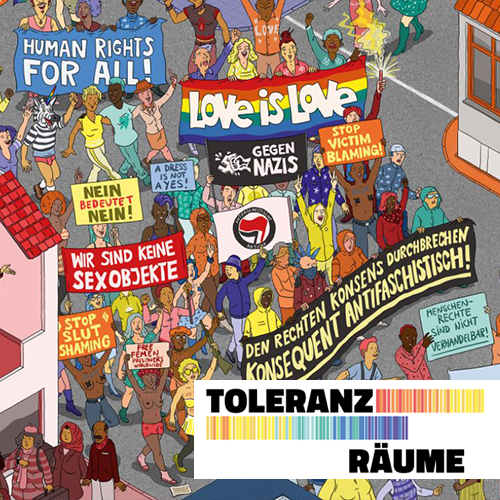Low-threshold prototype about life in the ice age
Together with the Neanderthal Museum, the Prehistoric Museum Blaubeuren and the Vogelherd site, we developed a comprehensive prototype about life in the Ice Age. The aim was to sharpen the basic picture of the Ice Age, especially in the immediate vicinity of the sites of the participating museums. What did Europe look like 40,000 years ago? What did flora and fauna look like then compared to today? What kind of people were there, and how did they interact? The idea was not to copy an existing analog experience, as is the case in a virtual exhibition, for example. The idea was to create something completely new.
The mobile game Eiszeitwelten (Ice Age Worlds) extends the physical museum space and offers a first, simple access to the topic "Life in the Ice Age". The digital journey of discovery is aimed at a young audience and can be played independently of the museum visit. In three exciting, independent stories, players* can explore the world, collect materials to make tools, hunt or complete tasks for their group. Each world is assigned to one of the three museums involved in the project, and each story focuses on a topic appropriate to the museum. For example, in "The Monster" the players explore the dangers of the Ice Age as Neanderthals and prove themselves in hunting. In "Save the Feast" and "The Test," the players take on the role of an anatomically modern human being and learn what role art and music played more than 40,000 years ago. They are supported by a loyal, animal ice age companion: the snow grouse.
Development for and with the target group
Right at the beginning of the project, the project managers emphasized that they wanted a user-centered product. The wishes and needs of potential users were therefore the focus of all conceptual and design considerations from the very beginning. Visitors to the Neanderthal Museum were regularly presented with current ideas and designs and their opinions were sought. In addition, several on-site testings with pupils between 8 and 12 years of age took place. The feedback from the observations, individual interviews and focus group surveys was directly incorporated into the further development process in order to make the prototype as user-friendly as possible within the limited project period and the available resources.
In the design, we made sure that people with visual impairments or developmental disabilities could enjoy as equal a gaming experience as possible. The visual design focuses on clear contours and color gradations. This makes it easier to recognize characters and relevant objects in the game world. In addition, there are short, simply written texts that can be displayed longer or shorter depending on reading speed preference. Instructions and feedback relevant to the main quest have been lovingly set to music. Professional voice actors were hired for this purpose.







